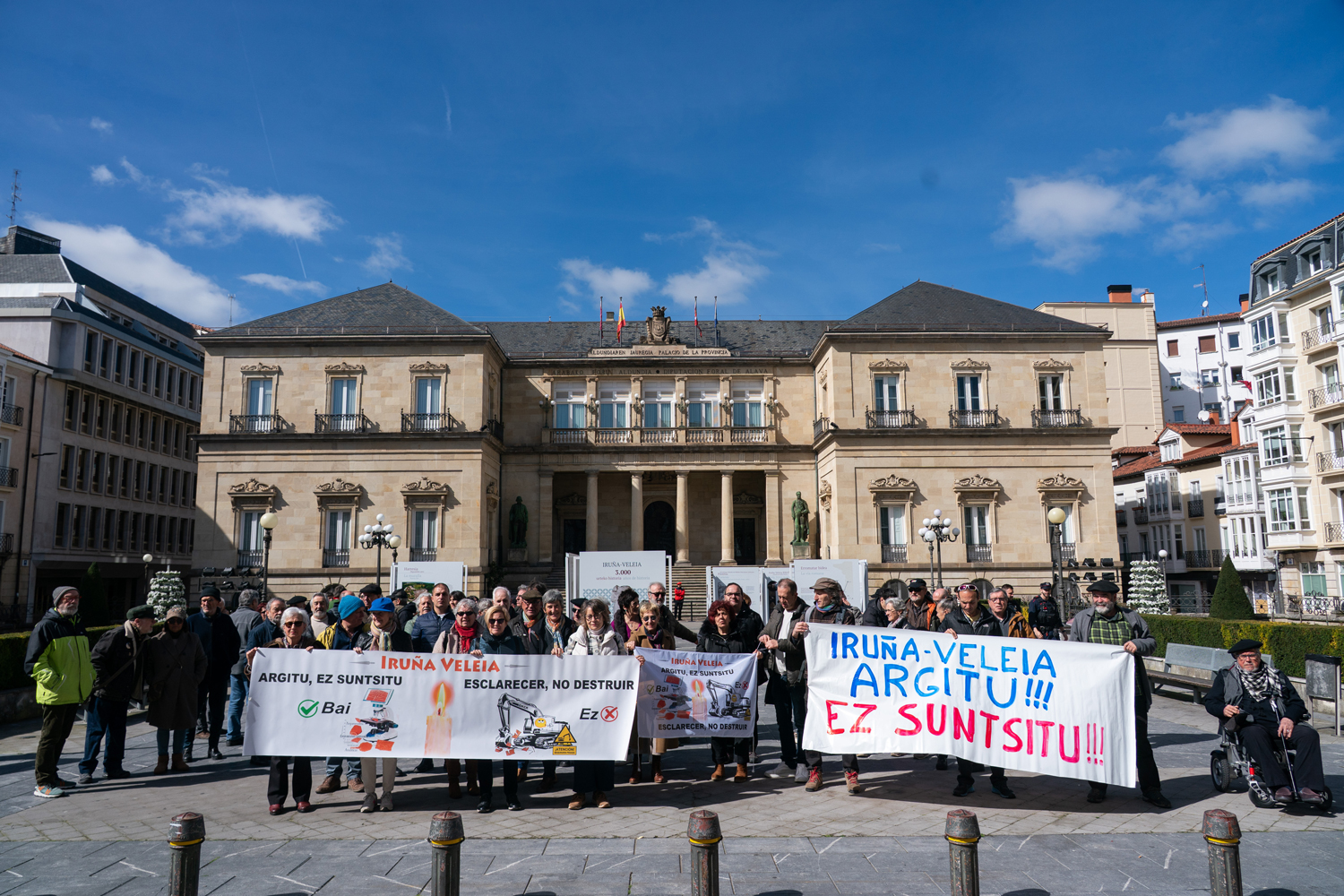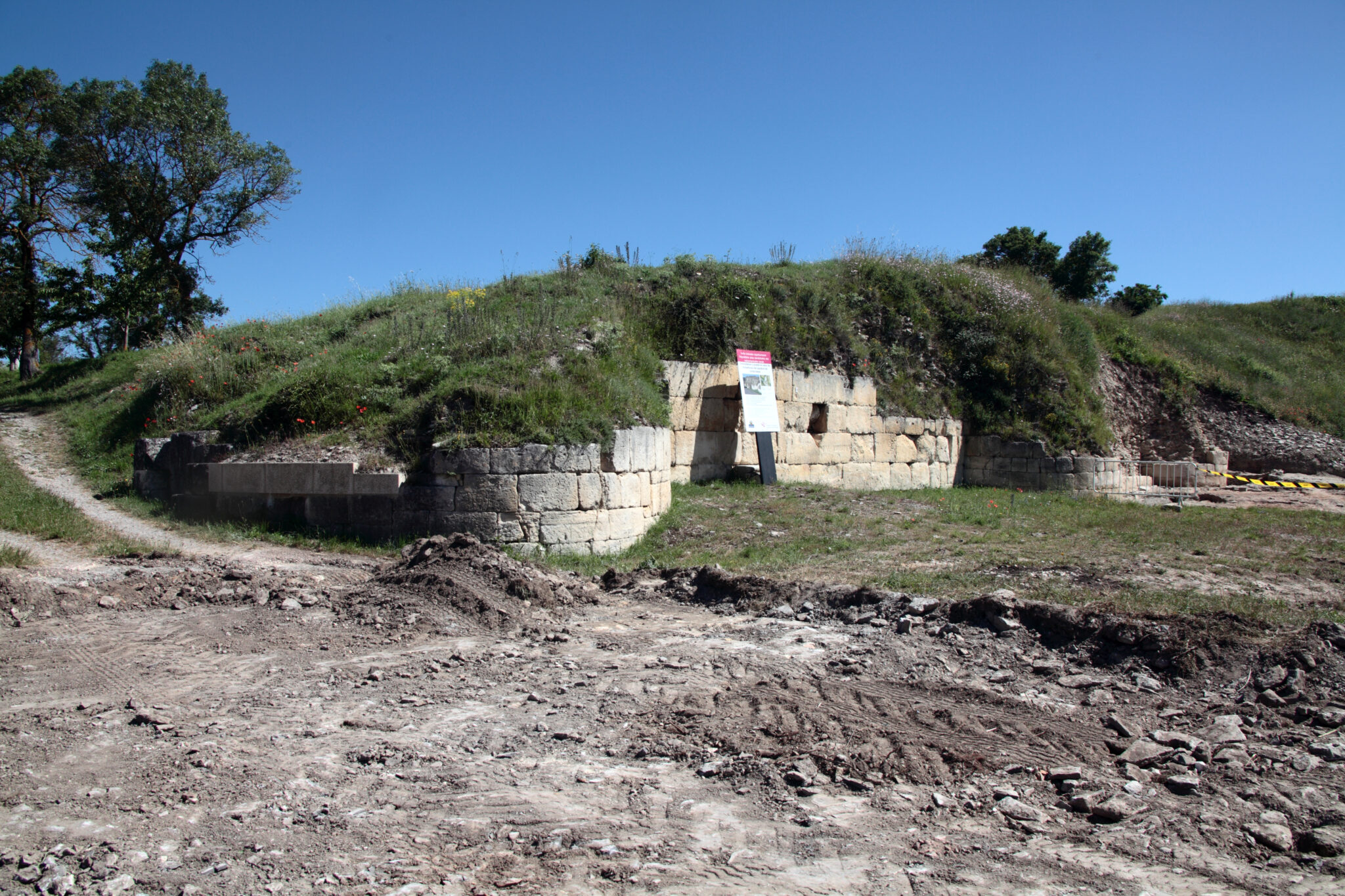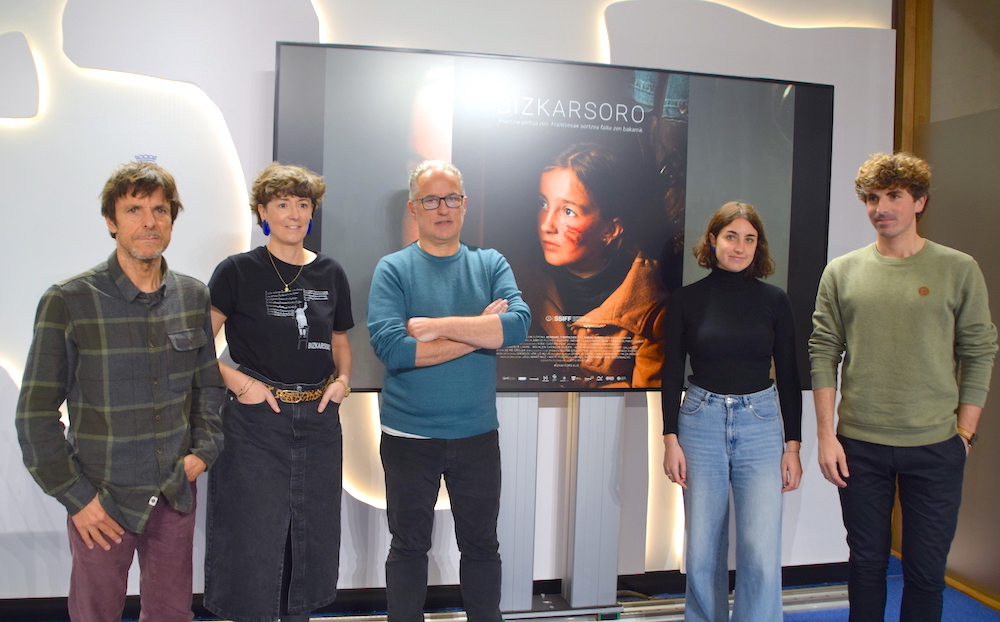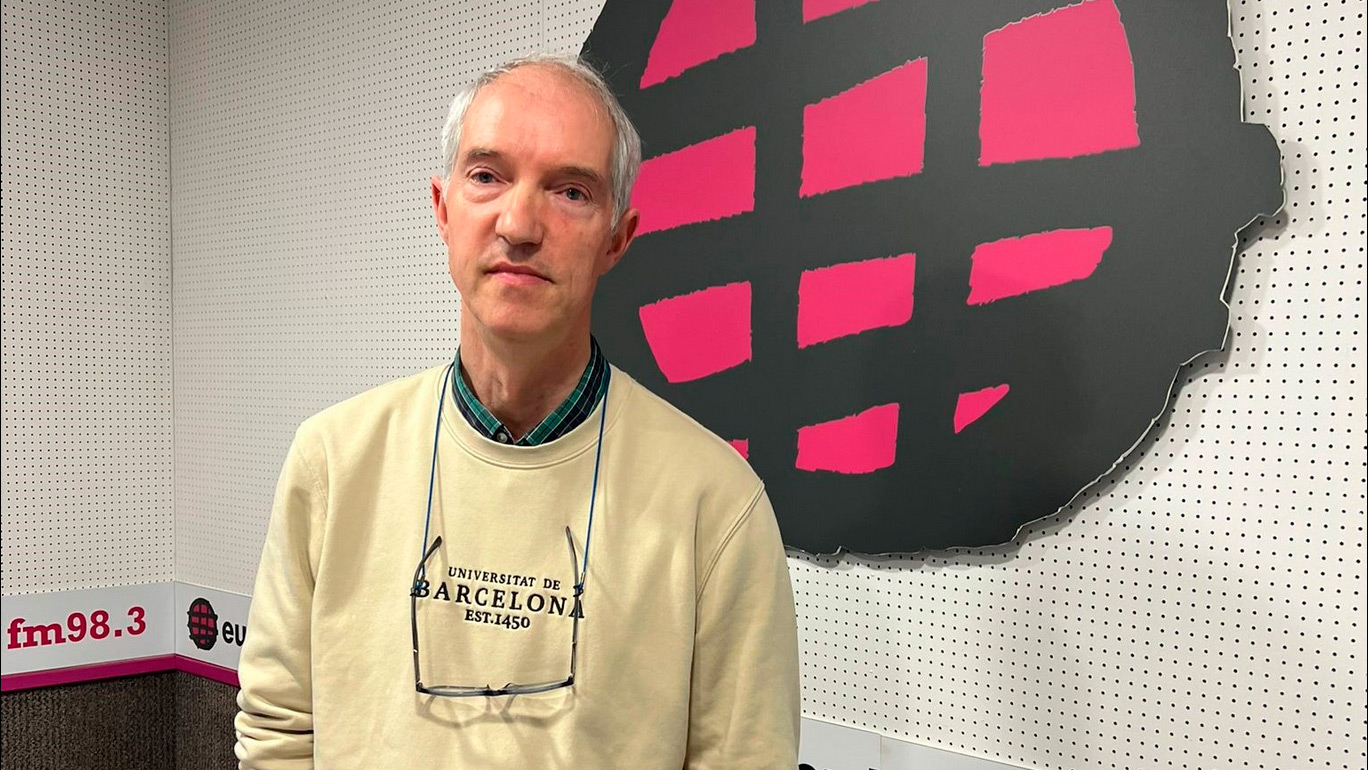Soria and the Basques
- On July 17, a very important exhibition was opened in Santa Cruz de Yanguas (Highlands, Soria) with the presence of the archaeologist Eduardo Alfaro Peña, the anthropologist Eduardo Aznar Martínez and authorities of the province: an exhibition of the steles of the Roman era.
You can see photos and transcriptions of the 44 steles found in the region, 12 of them physically. A real treasure for the history of the Basque Country, as the Basque comes from the archaic by the names of the people that appear on these tombstones. Will they continue to issue the televised tale of late Euskaldunisation?
The next day El Heraldo de Soria brought the chronicle of the entire page. We read, inter alia: “We have an exceptional atmosphere, and within this some pieces that are giving new time on the origin of the Basque country. The stel of Antestius Sesenco, dated between the first and second centuries, and found in Villar del Río, is in this sense the great attraction that is in fact already arousing a reservation of visits from the Basque Country (…) From some of this certifies that in Highlands there was a Basque nomenclature or “aquitana”… It is not possible to say, “Basque”.
When I met the exhibition through a friend, I was surprised that nothing appeared in the Basque media. After waiting a couple of days, on July 21, I sent a message to all the newspapers in Euskal Herria, to ARGIA and to the radio and television of EITB. Some of them directly to journalists I know. It was like this.
“Afternoons: these are not the best dates for this kind of work, but I come with good news. Recently several interesting steles have been found in Soria (Highlands) with words in Basque, perhaps with whole phrases, and with them the exhibition in Santa Cruz de Yanguas has recently opened. Among them is Haurce (haurke) Belsco with other words in Basque from the 1st century or that is presented for the first time. I think this is important news, which is worth breathing in. The archaeologist he has found is Eduardo Alfaro Peña, who has the collaboration of Eduardo Aznar Martínez on Euskera issues. Contact: Eduardo Alfaro, tlf. : xxx, email: xxx She's very interested. I send you a report in Soria's press along with the exhibition poster. A moment. ”
Only three journalists answered me. One of them would do something, the other would send the message to the relevant section, and so on. The fact is that the month of August is advanced and nothing has appeared anywhere. Not a word. So far, Basque journalists have not made a single call to Alfaro to go to the appointment. If you make a potato tortilla competition in Abaltzisketa or you form a rock group in Azpeitia that just sings in English, that's important news, you can offer the entire page, but you can't pay attention to this.
"In Soria there is a lot of interest in this issue. During all these years, Alfaro has enjoyed the full protection of the public authorities. The inhabitants of small towns have understood the values of these steles and are happy to collaborate in the search and care of new pieces with Alfaro"
Do Euskaldunes love such a history of the Basque language?The Belgian geochemical Koen Van den Driessche titled the introduction to the blog Ama Ata; after some reflections he says: “But even stronger seems to me the complete disinterest in the work of Eduardo Aznar and Dr. in Archaeology Eduardo Alfaro in La Rioja and the Highlands in Soria. The ‘Eduardoak’ are, each in its field, creating the Rioja and northern Soria gradually in a new ‘Aquitaine’ for the Basque era, and the Basque cultural elite does not seem to find out.”
In Soria there is a lot of interest in this issue. During all these years, Alfaro has enjoyed the full protection of the public authorities. The inhabitants of small towns have understood the values of these steles and are happy to collaborate in the search and care of new pieces with Alfaro. Its intellectuals and politicians (both right and left) are proud of this heritage, and some of them are surprised to see that there is no greater interest in the north of the Ebro, that is, in the current Basque Country.
I think everything is said. Desperate!
Remember: the exhibition is open until 25 August. From Thursday to Sunday, from 11:00 to 14:00, but visits may also be arranged in other days. We want to think that a lot of people are going to visit us in the Basque Country.
Otsailean bost urte bete dira Iruña-Veleiako epaiketatik, baina oraindik hainbat pasarte ezezagunak dira.
11 urteko gurutze-bidea. Arabako Foru Aldundiak (AFA) kereila jarri zuenetik epaiketa burutzera 11 urte luze pasa ziren. Luzatzen den justizia ez dela justizia, dio... [+]
Martxoaren 30erako Iruña-Veleia martxan, SOS Iruña-Veleia eta Euskeraren jatorria elkarteek manifestaziora deitu dute, Aski da! Argitu, ez suntsitu lelopean. Azken bi urteetan "hondeatzaileak sistematikoki eremu arkeologiko oso aberatsak suntsitzeko modu... [+]
Urriaren 26an Iruña-Veleia Argitu, ez suntsitu jardunaldian Zenbat esku daude Iruña-Veleian aurkitutako ostraken testuetan? ponentzia aurkeztu zuen Joseba Lizeagak
“It’s been 18 years since some 400 graffiti appeared on the excavation, 16 years since he was expelled from the excavation camp of Lurmen without scientific evidence and 4 years since the trial was held without clarifying the subject, we can say that we continue to... [+]
Today, all the hierarchies that have been built in our world are the result of a process of global colonization. These global hierarchies of domination are formed by other more specific intertwined hierarchies, that is, classical, ethnic, aesthetic and even linguistic. What we... [+]
In June 18 years ago we started to get to know the paintings of Iruña Veleia. Good news for the Basques.
But the current situation is not so satisfactory. On the one hand, the Provincial Council of Álava (DFA) says that all graphites are false, and that those who think... [+]












